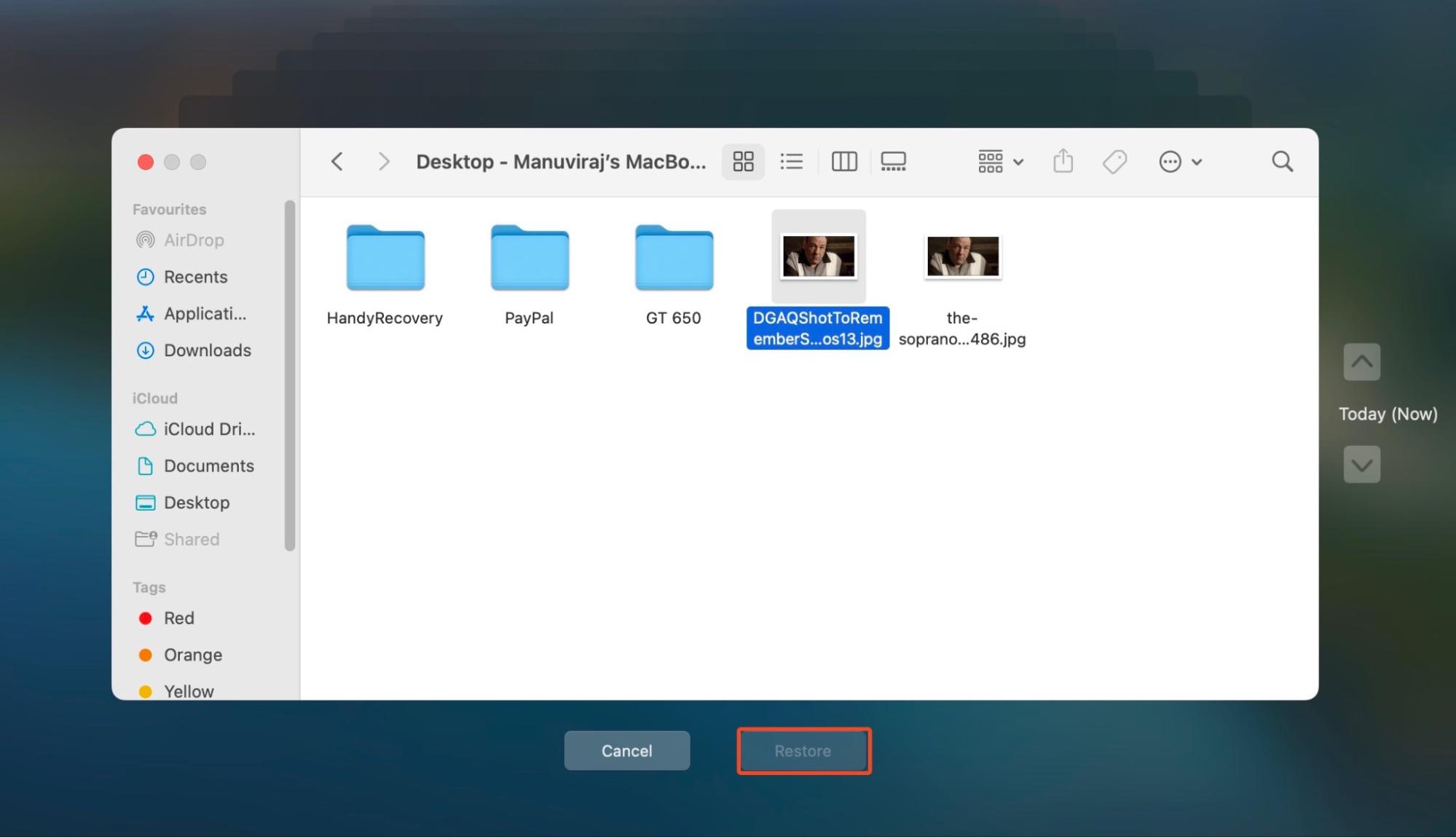
Data stored on a formatted Mac hard drive can really be recovered, but only if several factors align and you take the right steps. In this article, I explain the factors that determine when it’s possible to recover formatted Mac hard drive data and provide you with step-by-step instructions that you can follow to maximize your chances of successful data recovery.
Table of Contents
Is it Possible to Recover Data from a Formatted Hard Drive?
Yes, it’s often possible to recover data from a formatted Mac hard drive, but the chances depend on how you formatted the drive. The key factor is the security level you chose in Disk Utility during formatting.

The Security Options slider contains the following options:
- Fastest (Least Secure): This option simply marks the existing data as available to overwrite. It doesn’t actually erase the data.
- 2-Pass Secure Erase: Overwrites all data two times.
- 3-Pass Secure Erase: Overwrites all data three times in compliance with a formatting method developed by the Department of Energy.
- 7-Pass Secure Erase (Most Secure): Overwrites all data seven times with zeros, ones, and random data to achieve a ridiculously high level of security.
If you selected any option other than “Fastest (Least Secure)”, data recovery will not be possible.
If the drive was formatted on a different device or operating system, recovery will only be possible if the equivalent of the fastest method was used. For example, if a “Quick Format” was performed in Windows, data recovery might still be possible.
How to Recover Data from a Formatted Hard Drive
There are three primary ways to recover data from a formatted hard drive. You can use a third-party data recovery tool, restore backed-up data using Time Machine, or contact a professional data recovery service.
Method 1: Use Data Recovery Software
Data recovery programs are a user-friendly and affordable way to recover data from a formatted hard drive. The best data recovery programs for macOS will be able to recover all formatted data that hasn’t been overwritten yet.
My go-to data recovery software is Disk Drill. Behind Disk Drill’s intuitive user interface (UI) lie cutting-edge data recovery algorithms capable of recovering hundreds of file formats from all storage devices commonly used by Mac users.
The recovery process is extremely intuitive, and even a complete novice will be able to complete it in no time:
- Download Disk Drill and install the software.

- Grant Disk Drill permission to access your disk. The program needs these permissions to recover your files.
- Select the formatted hard drive you’d like to restore from and click Search for lost data.

- Wait for the scan to finish (it may take several minutes, depending on how much data is on the drive).

- Once the scan finishes, click Review found items.

- Locate your missing files. You can preview each item by clicking the “eye” icon next to the file name.

- Select the files you’d like to restore and click Recover.

- Choose where to put the restored file. You’ll see a warning message if you’re restoring to the same hard drive (this can cause problems and potentially corrupt the file). Then click Next to restore your file.

Method 2: Use a Time Machine Backup
Time Machine periodically creates backups of your files, including all data only your system drive, applications, and even settings. If you had Time Machine enabled before formatting your drive, you can easily restore your files by following these steps:
- Ensure the drive used to set up Time Machine is connected to your Mac.
- Search for “time machine” in macOS’ Spotlight (Command + Space) and launch Time Machine.
- Cycle through the backups until you find one that contains the desired files.
- Select the files you wish to recover and click on the Restore option.

If Time Machine can’t help you because you haven’t enabled it, then take this as a lesson and set it up now to prevent future data loss. For instructions on how to enable Time Machine, visit Apple’s support page.
Method 3: Contact a Professional Data Recovery Service
A professional data recovery service offers you the highest chances of data recovery. These services have experts, specialized equipment, and clean rooms that cannot be emulated at home using DIY data recovery techniques. The only drawback is that data recovery services are substantially more expensive than using a data recovery tool.
In scenarios like an Option 3 format, and an undetected hard drive, using a data recovery service is your only option.
Here’s what to expect when using a professional data recovery service:
- Contact the data recovery company using phone or email. Most companies have an emergency hotline.
- Explain your data loss scenario in detail.
- Ship the drive to the data recovery company.
- The data recovery service will analyze the drive and get back to you with a quote.
- You can then choose to proceed with the data recovery process or not.
Conclusion
The recovery of lost data from a formatted Mac hard drive isn’t rocket science. As long as several important factors are on your side (with the method of formatting being the most important one) and you’re equipped with capable data recovery software, you stand a good chance of retrieving your valuable files. Of course, there’s always the option to recover your formatted data from a backup, but the backup must exist in the first place.






